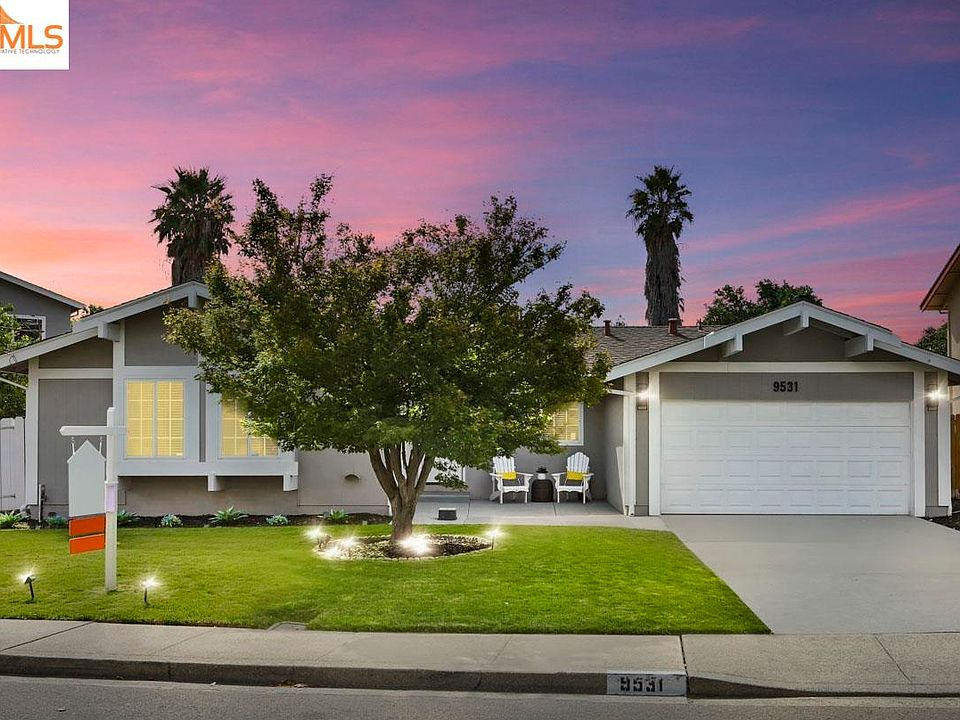History of San Ramon
Written by Beverly Lane with thanks to Thelma Smith, Virgie V. Jones. Bill Fereira and Roxanne Wiedemann Lindsay. Underwritten by the City of San Ramon.
A Community Begins
It was once home to the Seunen Indians, Ohlone/Costanoans who lived adjacent to the valley creeks. After 1797 it was Mission San Jose grazing land; later it included Jose Maria Amador’s 16,000 plus acre Rancho San Ramon. San Ramon Creek was named after an Indian vaquero, Ramon, who tended mission sheep here. In an 1855 land title case, Don Amador explained that “San” was added to the creek’s name to conform with Spanish custom. American settlers first came to San Ramon in 1850 when Leo and Mary Jane Norris purchased 4,450 acres of land from Amador. Other early landowners were William Lynch, James Dougherty, and Major Samuel Russell. In 1852 Joel and Minerva Harlan bought land from Norris and built a house on what became the Alameda-Contra Costa County line in 1853. Many of San Ramon’s founding families are remembered today because their names grace various canyons, hills and streets. Some of these pioneers were Norris, Lynch, Harlan, McCamley, Crow, Bollinger, Meese, Glass, and Wiedemann.

A Village Develops
San Ramon had several names in the nineteenth century. It was called Brevensville (for blacksmith Eli Breven), Lynchville (for William Lynch) and Limerick (for the many Irish settlers). The first village developed at the intersection of today’s Deerfield Road and San Ramon Valley Blvd. In 1873 when a permanent post office was finally established, it was called San Ramon. During the 1860s the village became a hub of community activity. In 1864 a stage line established by Brown and Co. ran from San Ramon through the valley to Oakland. A church was dedicated in 1860, the general store was built in 1863 and students left their home-based classrooms to attend the San Ramon Grammar School beginning in 1867. Saloons, a jail, Chinese wash houses and blacksmith shops lined County Road No. 2 (later San Ramon Valley Blvd.).
Our Community Today
Today San Ramon is a dynamic young city, one of California’s outstanding urban villages. It has a variety of homes, parks and stores and a major employment center — all in a setting of remarkable beauty. Our community and it’s economy is still emerging. Part of the emergence has required nearly all of our major industries to retool for greater competitiveness in a global marketplace. Our demographic profile is changing dramatically.
New racial and immigration patterns are rapidly producing a multicultural society, which in turn has created a variety of related economic issues. With the arrival of the San Ramon Branch Line of the Southern Pacific in 1891, other changes took place. The name “San Ramon” permanently replaced references to “Limerick.” Crops and passengers could travel in and out of the area, no matter what the weather.
The Ranch was partially irrigated from an underground aquifer and at one point possessed the world’s largest single orchard of Bartlett pears. The San Ramon Community Hall became the community’s center early in 1911, drawing farm and ranch families to dances, school programs and plays. It was still standing in 1960. Residents belonged to several community groups over the years, including the Danville Grange No. 85, Odd Fellows, SRV Farm Bureau Women, Rebeccas, Ramona Club, and Mother’s Club. Produced by the Museum of the San Ramon Valley. 205 Railroad Ave., Danville, Ca 94562. (925) 837-3750. More historical information is also available at the museum.
Modern San Ramon

Developers Ken Volk and Bob McClain built the first San Ramon suburban homes close to the county line. A special district, the Valley Community Services district (VCSD) provided the water, parks, sewer, fire protection and garbage collection for the new homes. In 1970 Western Electric purchased 1,733 acres of the Bishop Ranch and proposed a “new town” complete with a variety of housing, green belts, stores and light industry, placed in the center of San Ramon.
